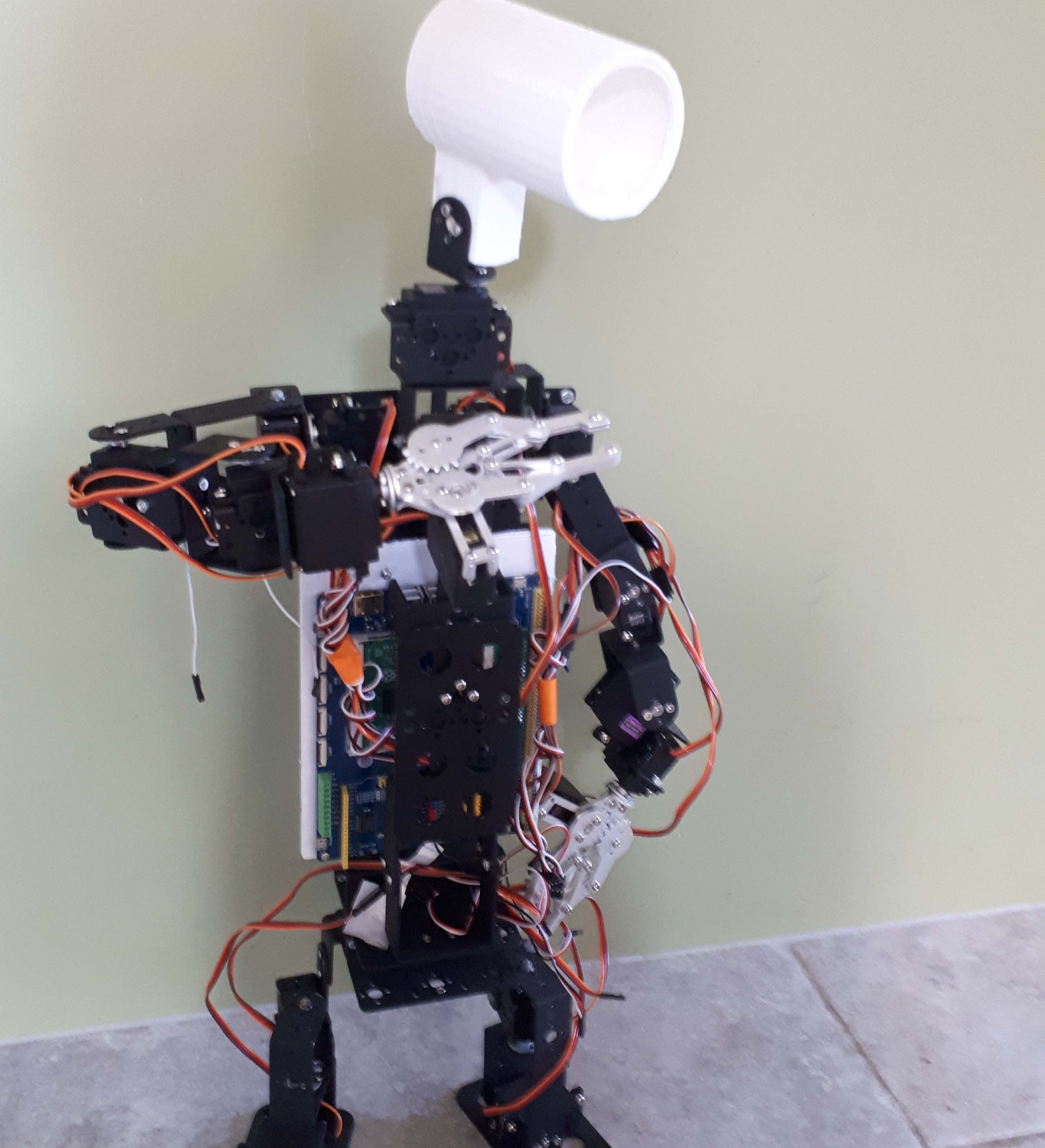
Robotics
The overall goal of SHEP is not just to develop an AI, but to develop smart robots to assist humanity. Research is based around more adaptable programs that learn to use it's hardware to the best of it's abilities.
This research has undergone many changes over many years. Below are just a few of the robots that have been built in the past.
Most research started in the adaptive NLP (natural language processing) area, however later focus has been on hardware control and bio-inspired sensing.
 |
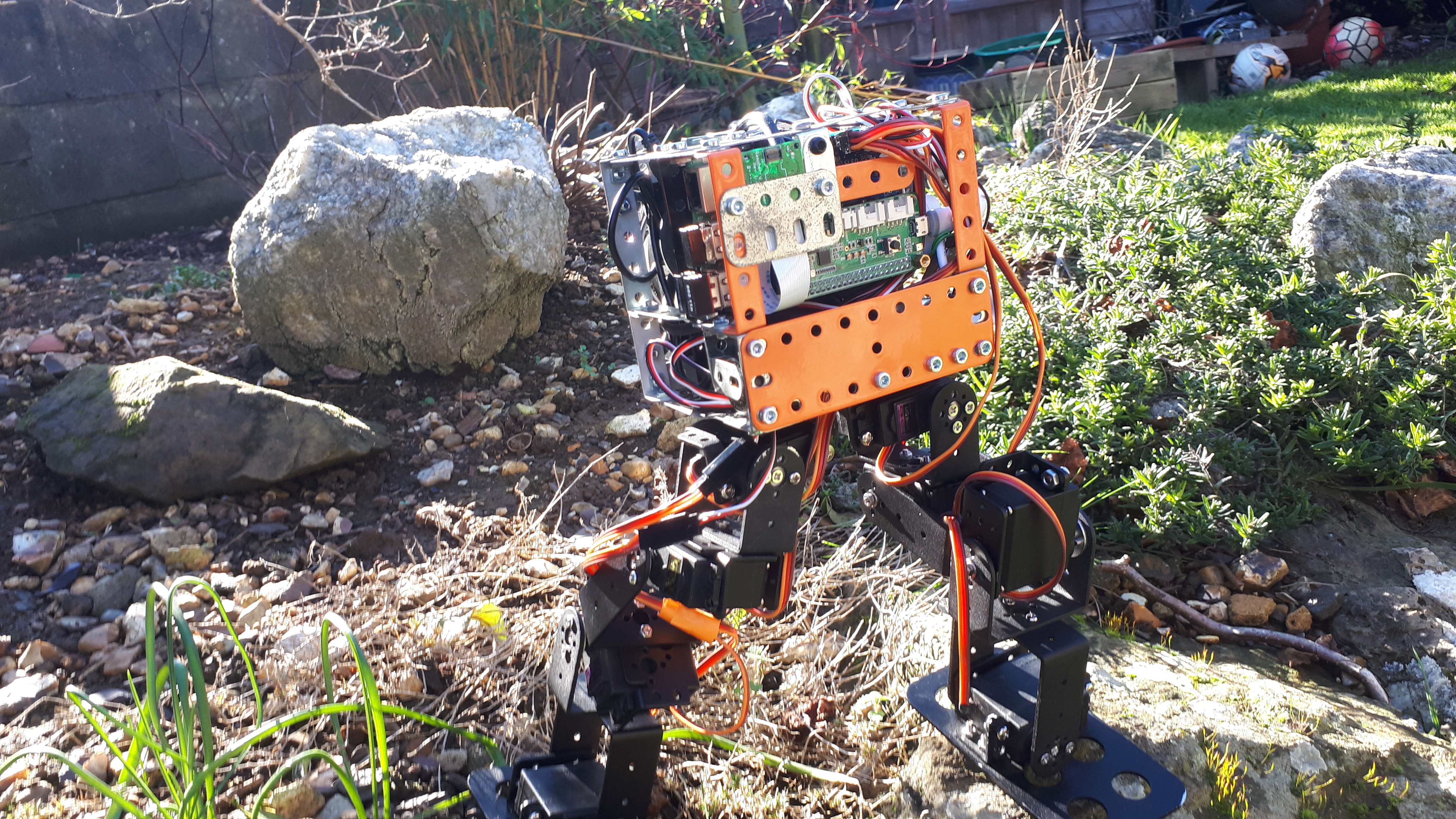 |
|---|
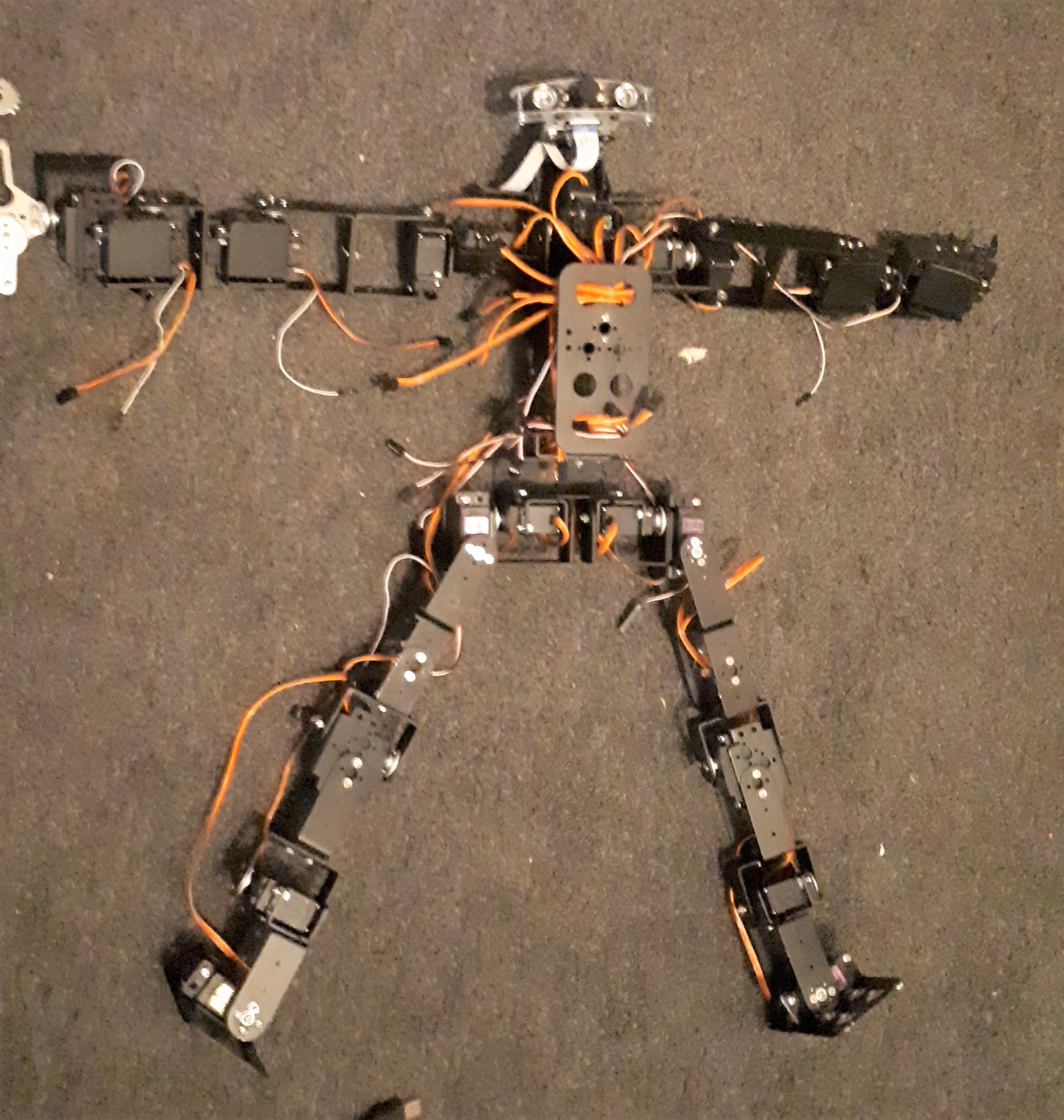 |
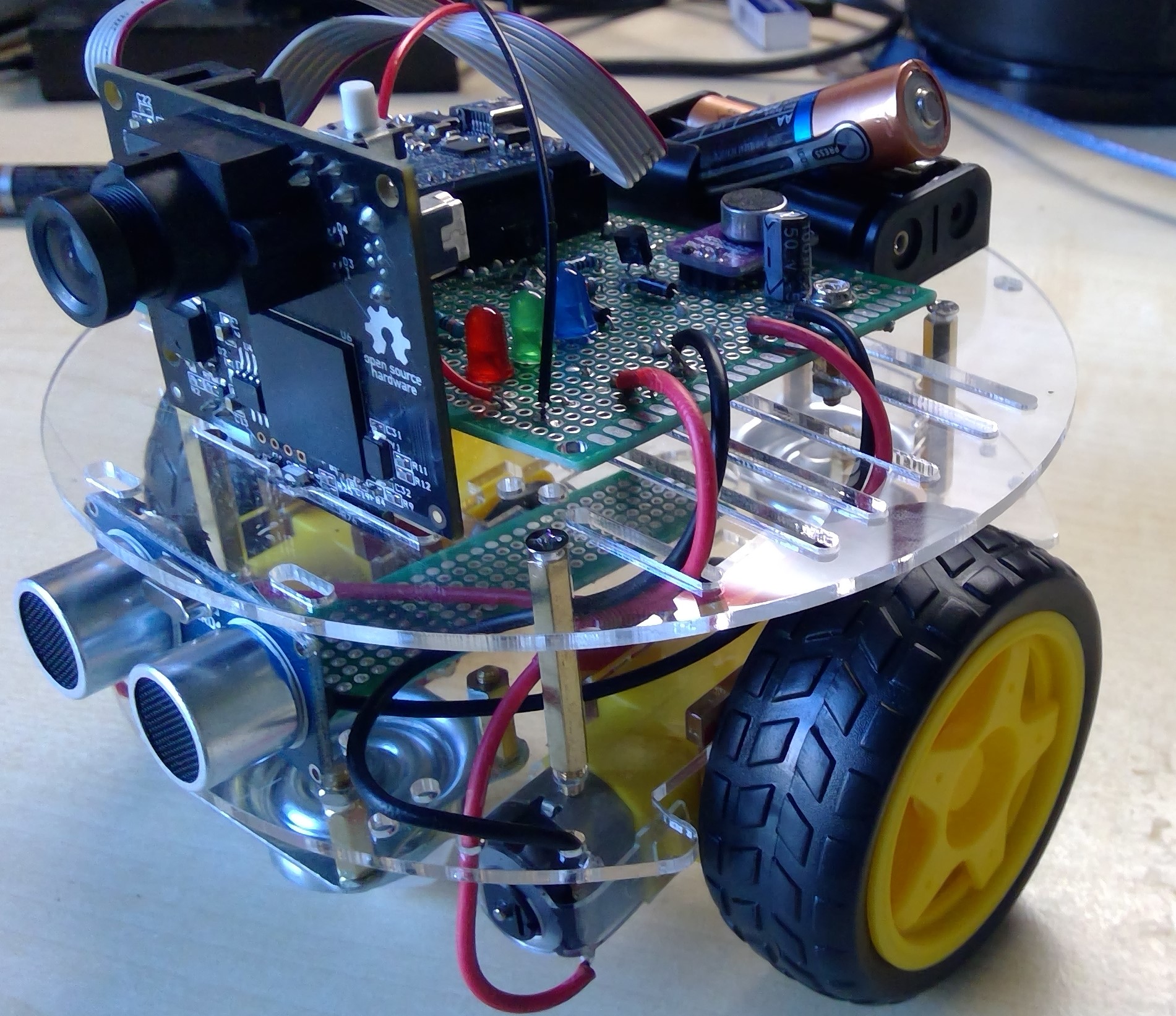 |
|---|
We worked on a design which tested out the NLP learning algorithm designed for this project.
This is the hypercube. They hypercube design was more to look 'cool' but also test out the fundementals of the AI in a way that made human-computer interaction more interesting.
software
Below shows a design for the Robot:
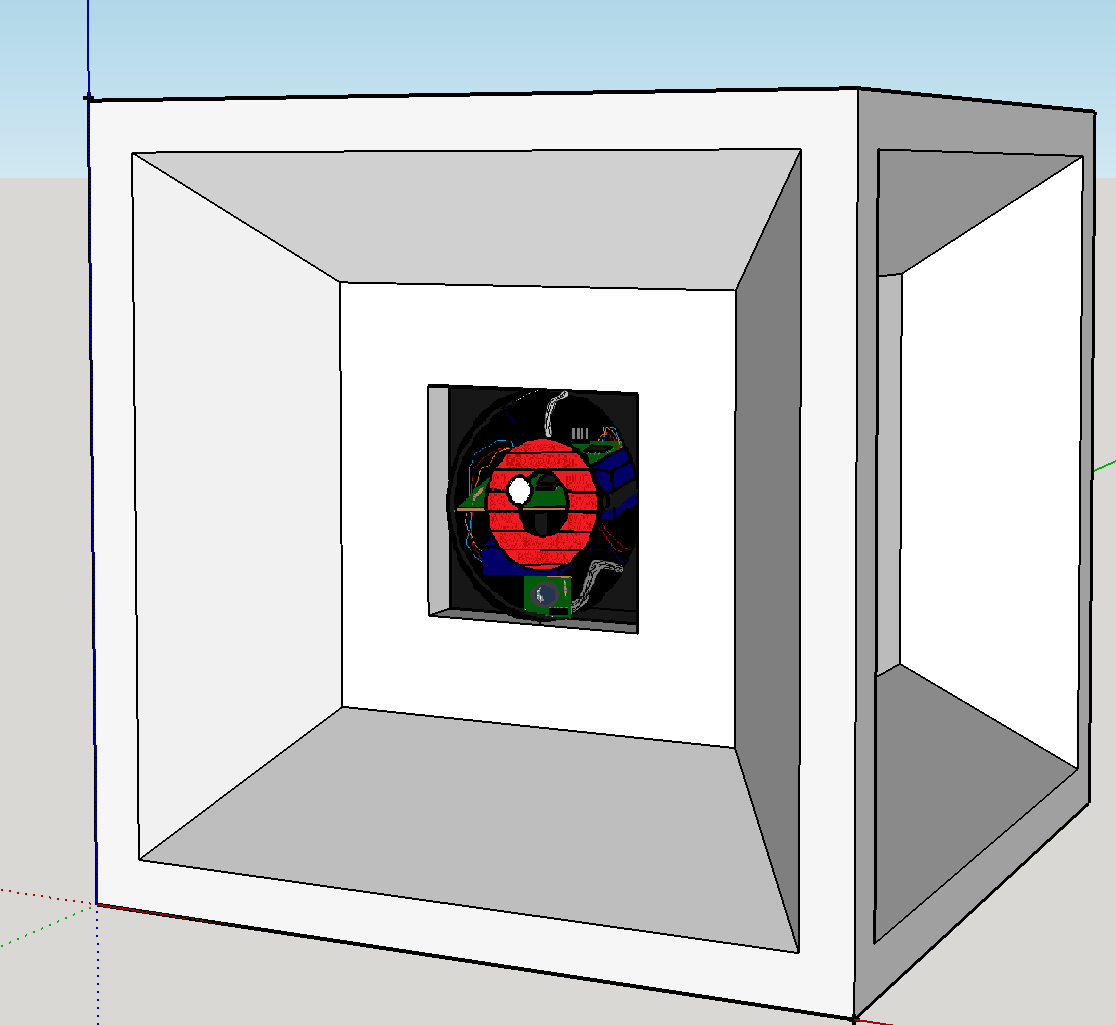
The design was to have two microservos to tilt the camera and LED eye up, down, left and right to give a more
personal feel as well as improve the robot's abilities to see. A microphone and speaker (built in) gave SHEP
the communication abilities.
The end result of this task scrapped the servos due to space constraints within the robot. The AI learned how to respond in an interactive way, but
required a lot of chatting in order to train it for meaningful conversation. Speeding up this task with online conversational databases proved unsuccessful as
these datasets were unreliable in grammar and inappropriate content.
CLIVE
CLIVE, the cognitive learning intelligent virtual environment was a proto-type project on the Arduino to test out artificial neural networks. It was designed to monitor and save information from its enviroment, then learn natrually from monitoring associations of data. This project was about understanding the brain and reproducing it into a computer system.

Many of the latest projects can be found in developments. The focus of research is currently on
insect inspired robotics.

Many of the latest projects can be found in developments. The focus of research is currently on insect inspired robotics.
